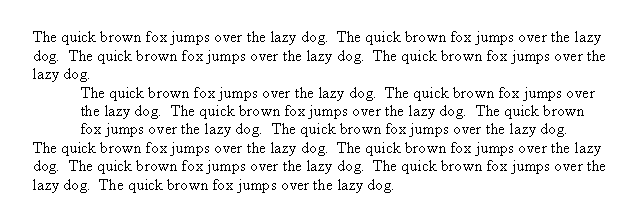

Showhide character word how to#
I hope this short accessibility lesson helps! The code: How to actually do thisīefore I explain what’s going on, here’s a live example using CodePen It’s an issue I have encountered in the last handful of audits I conducted. As I said, I’d been thinking about writing a tutorial about show/hide password accessibility for many months. And I help organizations develop a culture of accessibility and inclusion. I train people about web accessibility and disability inclusion. I’ve been working in web accessibility for over 25 years. Background: Who am I to write about show/hide password accessibility? You can also listen to Ellen talk about this in an A11y Rules Soundbite episode about essential tremors and password fields. I’d been thinking a while about writing this post, but her expression of frustration was my trigger for finally doing it. Ellen Spertus on a disability and tech related Slack. When you have an essential tremor, which makes it hard to type, especially on a phone screen, it’s frustrating when you can’t make visible the password you’re typing, so you don’t know if it’s failing because you mistyped it or because they are expecting a different password. The trigger: What made me write this post Video versionĪ transcript for this video is available. Some of these include using a to trigger the action, using a role of switch, and using the aria-pressed attribute. There are several things to do to show passwords. To do this, we programmatically associate password hints with the input. We must ensure that both “password hints” and “show password” functionality are accessible. Different approaches: Other ways to accomplish a similar thingĪccessibility is important for many groups of users with or without disabilities.Password hints: Help users know what patterns are acceptable.Background: Who am I to write about show/hide password accessibility?.The Trigger: What made me write this post.

Here are a few suggestions to improve “show/hide password accessibility” as well as “password hint accessibility”.

In Microsoft Word terminology, a carriage return is called a paragraph break and a shift-return or soft line break is known simply as a line break.“Show password” and “password hints” are vital aspects of usable password form fields.If you try to apply a paragraph format, such as indentation, to just this new line, it will also affect the lines above it that belong the same paragraph. The soft line break command places your cursor at the left margin, but it keeps this new line of text associated with the text from the line above it and does not create a new paragraph. It looks like an arrow looping around on itself and pointing left. Note the different symbol that appears in your Word document window. This is different from a carriage return or hard line break. If you hold down the "Shift" key and press the "Enter" key, you create a soft line break, also known as a shift-return.Paragraphs separated by carriage returns can be formatted differently from one another.On some computers, the Enter key has the label "Return" printed on it, which stands for carriage return or line return.


 0 kommentar(er)
0 kommentar(er)
